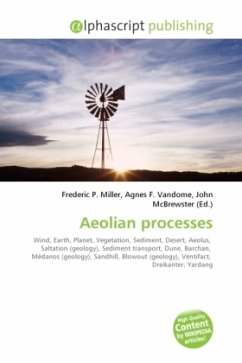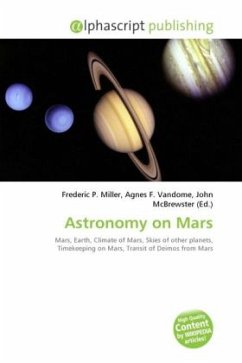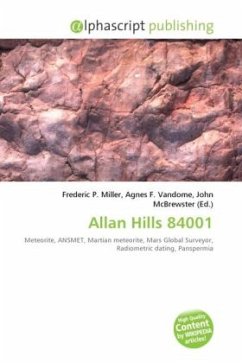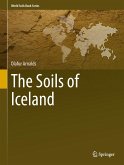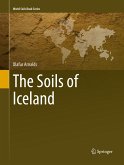High Quality Content by WIKIPEDIA articles! Aeolian landform is a feature of the Earth's surface produced by either the erosive or constructive action of the wind. It must be noted, however, that this process is not unique to earth, and it has been observed and studied on other planets, most notably Mars. The word derives from Æolus, the Greek god of the winds, and the son of Hellen and the nymph Orseis, and a brother of Dorus, Xuthus and Amphictyon. In aeolian processes, wind transports and deposits particles of sediment. Aeolian features form in areas where wind is the primary source of erosion. The particles deposited are of sand, silt and clay size. The particles are entrained in by one of four processes. Creep is when a particle rolls or slides across the surface. Lift is when a particle rises off the surface due to the Bernoulli effect, the same mechanism which causes aircraft to rise. If the airflow is turbulent, larger particles are trajected by a process known as saltation. Finally, impact transport occurs which one particle strikes another causing the second particle to move.
Bitte wählen Sie Ihr Anliegen aus.
Rechnungen
Retourenschein anfordern
Bestellstatus
Storno


